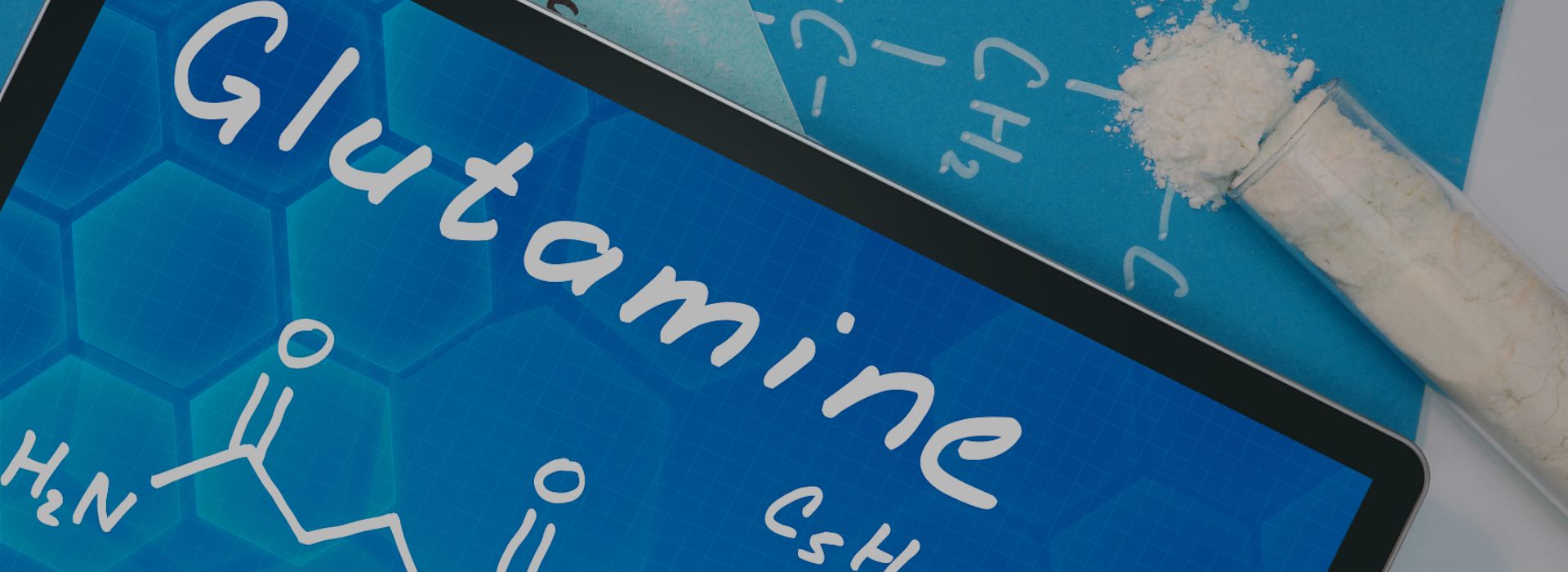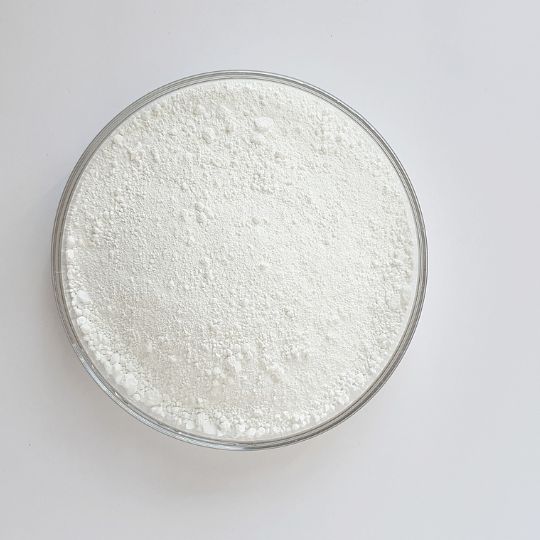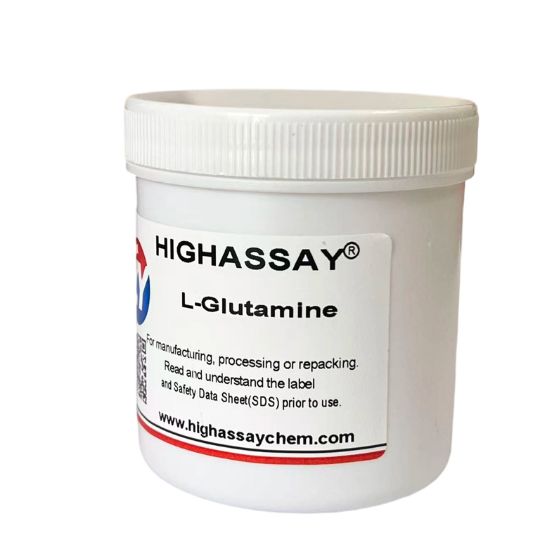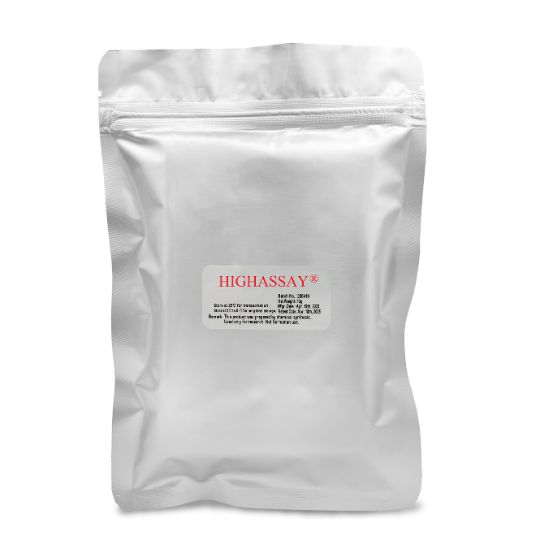Brief Introduction of L-Glutamine
Molecular Formula: C5H10N2O3
Molecular Weight:146.14
CAS No: 56-85-9
Appearance:White crystals or crystalline powder
Regular commercial package: 25kg/drum
Benefits of L-Glutamine
- It is highly safe and non-toxic, and is listed as a GRAS (Gradually Antioxidant) substance by the US FDA. Therefore, it can be used with confidence and in moderation.
- L-Glutamine is not only widely found in food, but can also be synthesized in the body through L-Glutamic Acid.
- L-Glutamine is a source of nitrogen in the body, promoting blood circulation, regulating blood pressure, and boosting immunity.
- L-Glutamine supplementation can maintain and increase GSH levels, acting as an antioxidant.
If you have any questions about processing L-Glutamine, Highassay’s R&D team is here to help.
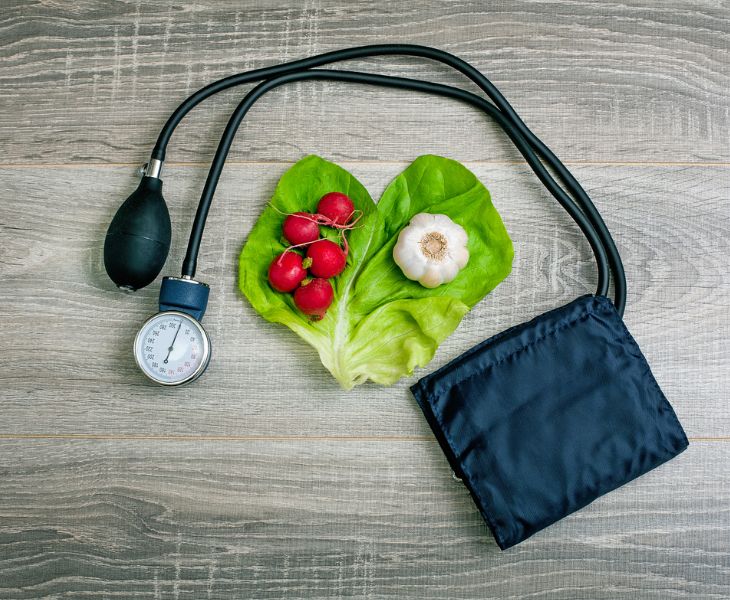
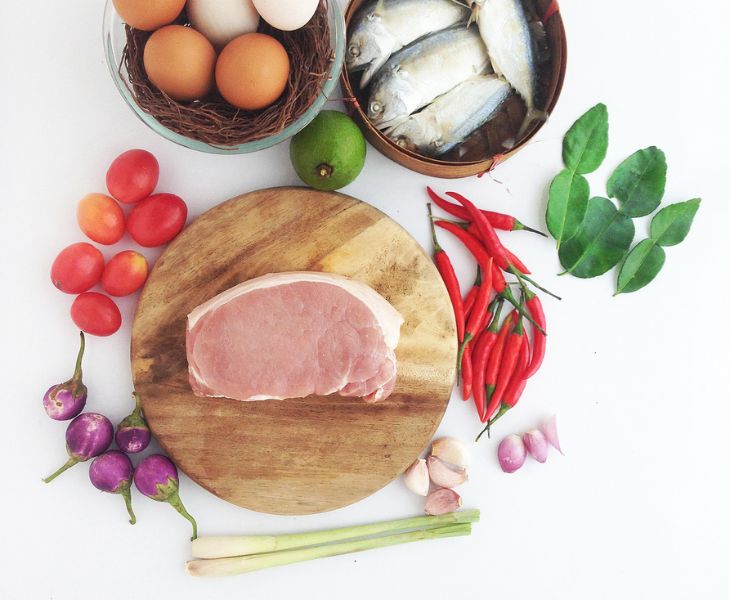
Foods rich in L-Glutamine
Meat (lean meat, white fish); whole eggs; dairy products; soy products; and some vegetables (cabbage, spinach). These foods are high in L-Glutamine.
What is L-Glutamine?
L-Glutamine is a non-essential amino acid in the human body and is also the most abundant amino acid in muscle. It can be synthesized internally. If the body cannot produce enough L-Glutamine on its own, it can be obtained through food or supplements. Because it is free in the blood, it reacts with other substances in the body, producing new substances that are beneficial to the body. These substances help accelerate metabolism, boost immunity, and regulate nervous system function.
Situations requiring glutamine supplementation

Individuals engaging in long-term or short-term intense exercise, including professional athletes



Application of L-Glutamine
Highassay adheres to strict quality control (QC) to produce L-Glutamine. Buy L-Glutamine in bulk from us now to get competitive market prices.
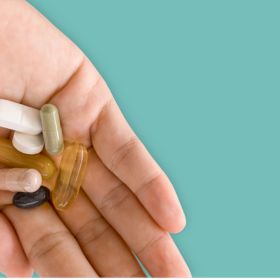 Nutritional Supplements
Nutritional SupplementsIt has significant effects on muscle recovery in bodybuilding and sports. It also helps improve memory. It can also relieve fatigue and boost immunity.
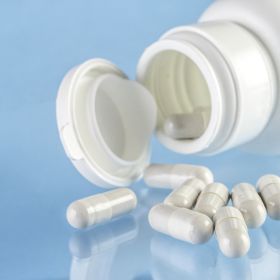 Pharmaceuticals
PharmaceuticalsIt can prevent and treat neurasthenia, treat memory impairment after cerebral hemorrhage, improve children’s intellectual development, and alleviate digestive problems.
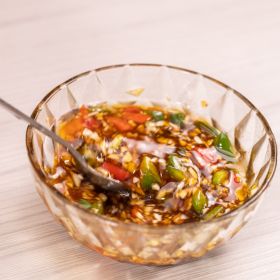 Food Additive
Food AdditiveEnhances the flavor and texture of food.In this way, L-Proline will bring a better sensory experience to your food and help your product become more competitive in the market.
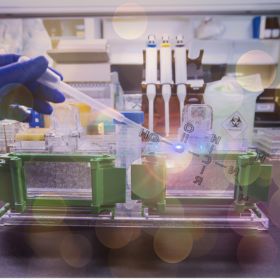
Dosage of L-Glutamine
For healthy individuals: 3-6 grams, which can be obtained from food. For those with special needs: 5-15 grams, which can be obtained through supplements or pharmaceuticals. Generally, it should be taken before meals. For athletes, it is recommended to take it within 1-2 hours after exercise.
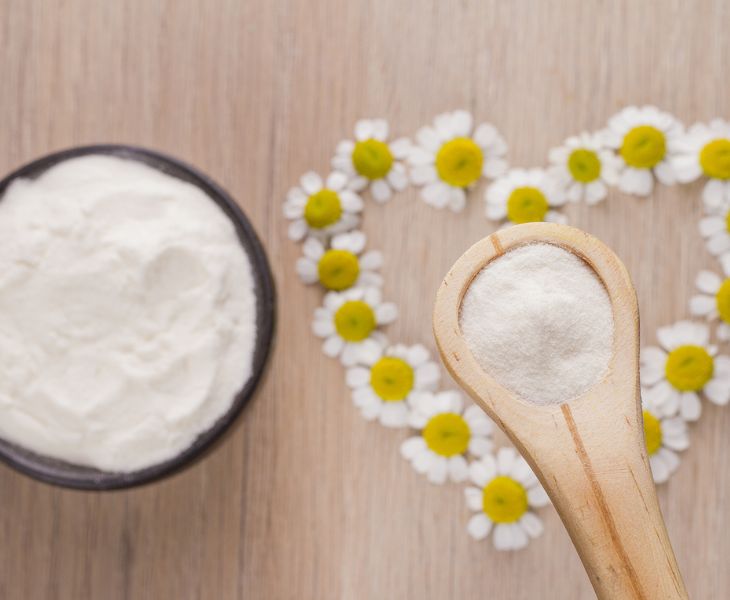
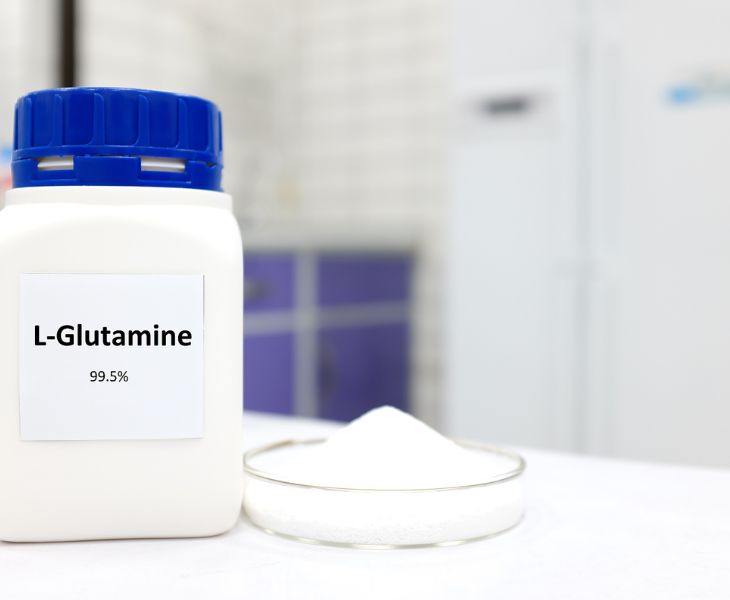
L-Glutamine VS L-Glutathione
L-Glutamine is present in L-Glutathione and is one of the three amino acids that make up L-Glutathione. L-Glutathione’s primary functions are antioxidant and detoxification, converting harmful substances in the body into harmless substances for excretion.
Specification of L-Glutamine
| L-Glutamine | CP2020 | USP2023 | USP32 | FCC11 | JSFA |
| Assay | ≥99.0% | 98.5-101.5% | 98.5-101.5% | 98.5-101.5% | 98.0%~102.0% |
| PH | 4.8 ~ 5.8 | / | / | / | 4.5~6.0 |
| Specific rotation[a]D20 | +6.3°-+7.3° | +6.3°-+7.3° | +6.3°-+7.3° | +6.3°-+7.3° | +6.3°-+7.3° |
| Specific rotation[a]D25 | / | / | / | / | / |
| Transmittance(T430) | ≥98.0% | / | / | / | Colorless and clear |
| Chloride(Cl) | ≤ 0.02% | ≤0.05% | ≤0.05% | / | ≤ 0.1 % |
| Ammonium(NH4) | ≤ 0.10% | / | / | / | / |
| Sulfate(SO4) | ≤ 0.02% | ≤0.03% | ≤0.03% | / | / |
| Iron(Fe) | ≤ 10 PPM | ≤30PPM | ≤30PPM | / | / |
| Heavy metals(Pb) | ≤ 10 PPM | / | ≤15PPM | / | ≤2PPM |
| Arsenic | ≤1PPM | / | / | / | ≤3PPM |
| Lead | / | / | / | ≤5PPM | / |
| Other amino acids | Individual impurities≤0.5% | ||||
| Total impurities≤1.0% | ≤0.5% | ≤0.5% | / | / | |
| Ninhydrin-positive substances | / | / | / | / | / |
| Insoluble foreign matter | / | / | / | ≤50PPM | / |
| Loss on drying | ≤ 0.30% | ≤0.30% | ≤0.30% | ≤0.30% | ≤0.30% |
| Residue on ignition | ≤ 0.10% | ≤0.30% | ≤0.30% | ≤0.10% | ≤0.10% |
| Endotoxin | < 25 EU/g | < 25 EU/g | / | / | / |
| Total plate count | ≤ 1000 CFU/g | ≤ 1000 CFU/g | ≤ 1000 CFU/g | ≤ 1000 CFU/g | ≤ 1000 CFU/g |
| Moulds & Yeasts | ≤ 100 CFU/g | ≤ 100 CFU/g | ≤ 100 CFU/g | ≤ 100 CFU/g | ≤ 100 CFU/g |

